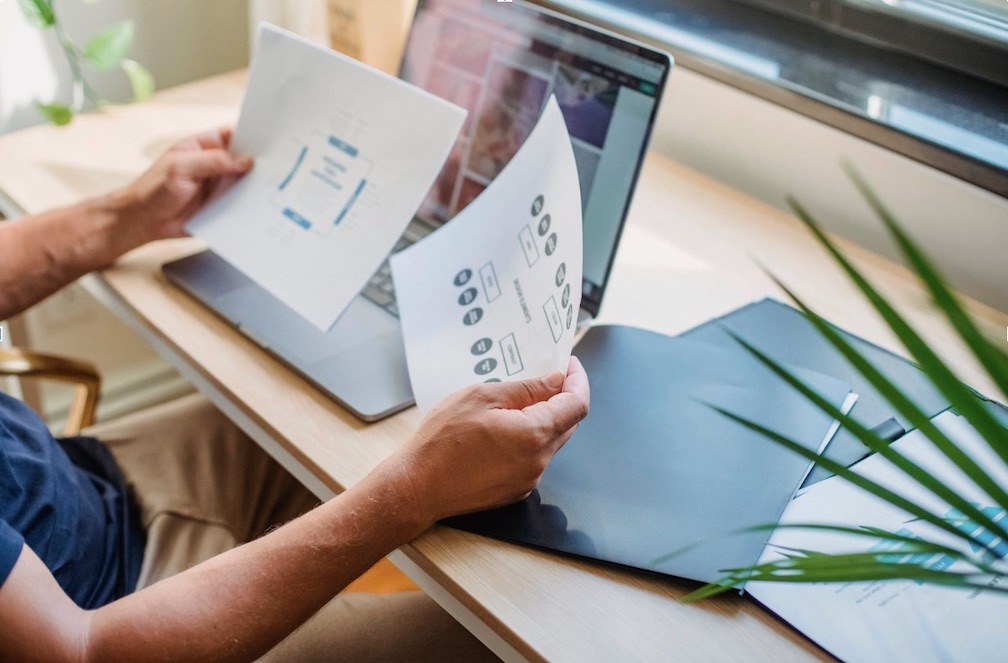Web Design Tips to Balance Aesthetics and Functionality
- Written by Business Daily Media

In the ever-evolving digital landscape, designing an effective and appealing website is crucial for any business. It must be visually appealing, yet highly functional. However, striking the perfect balance between aesthetics and functionality can often be a challenge. This article provides 10 vital web design tips to help you achieve this balance, enhancing user experience, boosting your SEO efforts, and ensuring your website accomplishes its primary objective - to convert visitors into customers.
Understand Your Audience
Before diving into design, ensure you fully understand your audience's needs and preferences. Research their demographics, online behaviour, and user journeys. The design should then revolve around the user's perspective, ensuring it's both aesthetically pleasing to them and intuitively easy to use.
Keep It Simple
Simplicity is the ultimate sophistication. Asia Media Studio, a website design company in Bangkok also added that a website cluttered with unnecessary information, images, or designs can confuse users and negatively affect their experience. Instead, opt for a minimalist design that emphasizes clarity and ease of use. Every component on your website should fulfil a defined role, contributing to the overall user experience.
Intuitive Navigation
Website navigation should be self-explanatory. It's essential to structure your site's navigation logically and intuitively to prevent users from getting lost. Use universally recognized symbols and terminologies, keeping the number of main menu items between 5-7 for simplicity.
Responsive Design
With the diverse array of devices used to browse the web, a responsive design is crucial. Your site should look and function well on various screen sizes, from desktops to smartphones. This functionality enhances the user experience, improving your site's SEO rankings as Google prioritizes mobile-friendly sites.
Utilize Whitespace
Whitespace, or negative space, is an essential aspect of balancing aesthetics and functionality. It helps in organizing content, enhancing readability, and guiding users through the site's elements. Whitespace isn't wasted space; it's a strategic tool to highlight critical content and create a clean, modern design.
Colour and Typography
Colour and typography significantly impact a website's look and feel. Opt for a blend of colours that complements your brand ethos and connects emotionally with your potential customers. Similarly, typography should be legible and appealing across different devices. Don't underestimate the power of these elements in influencing user behaviour.
Fast Load Times
In the world of instant gratification, slow websites are a deal-breaker. A beautifully designed website is futile if it takes too long to load. Enhance your site's speed by optimizing images, reducing HTTP requests, and employing proper caching practices. This boosts user experience and is favoured by search engines, contributing positively to your SEO.
Clear Calls to Action (CTAs)
Guiding users through your site to the desired action is vital for conversion. Incorporate clear and compelling CTAs that are easy to spot. Whether it's subscribing to a newsletter, purchasing a product, or downloading a resource, ensure the path is visually distinct and straightforward.
Consistency in Design
Consistency in your site's design aids in creating a seamless user experience. This involves consistent use of colours, typography, images, and overall style across all pages. It makes your site look professional and enhances your brand's identity.
Optimize for SEO
Lastly, it's vital to design your website with SEO in mind. The structure, layout, and content should be optimized for search engines. Include keywords naturally, ensure your site is easily crawlable, and create a logical URL structure. A well-optimized site not only ranks higher but also offers a better user experience.
Summary
Achieving a balance between aesthetics and functionality in web design requires careful consideration of many factors. It's about understanding your audience, creating an intuitive layout, making strategic design choices, and ensuring your site is optimized for both users and search engines. These tips provide a roadmap to a successful website design that not only looks great but also performs excellently. Remember, a well-designed website is more than just a pretty face – it's an effective tool for user engagement and conversion.







